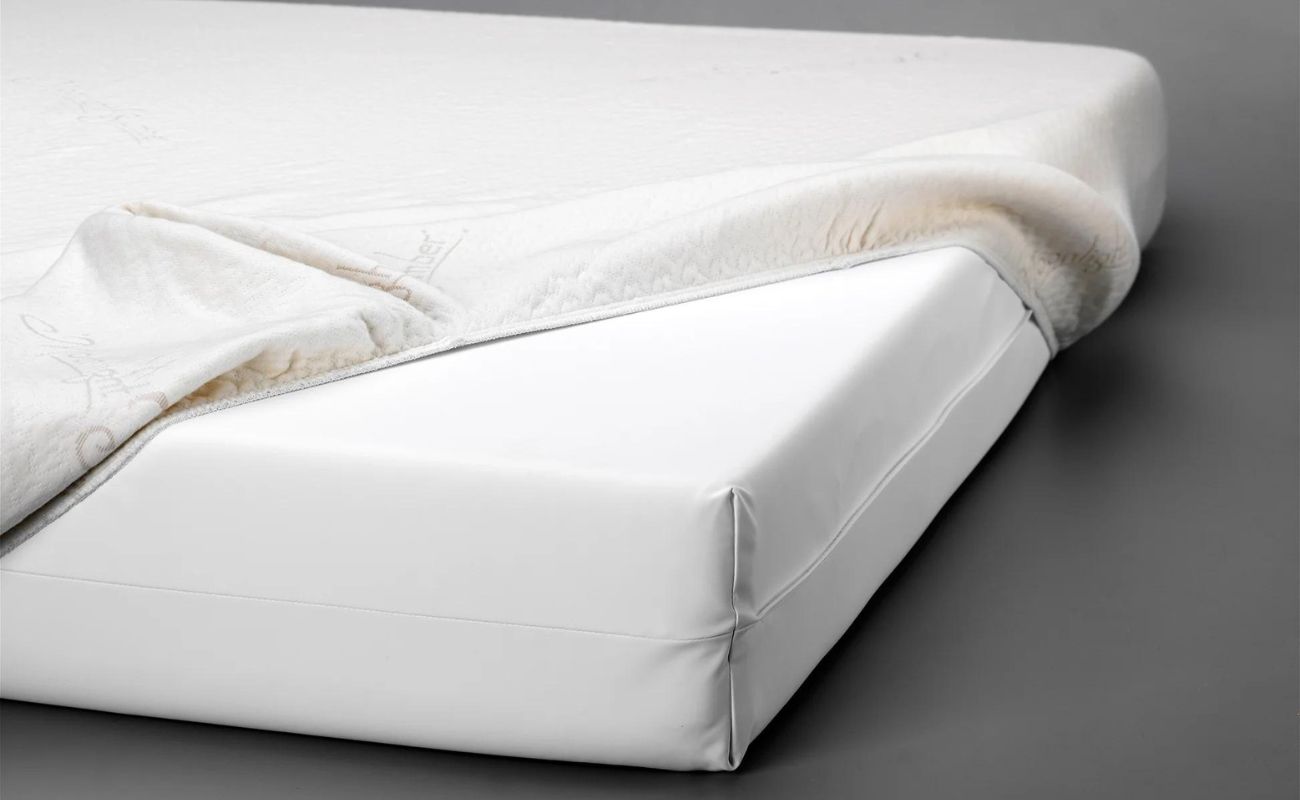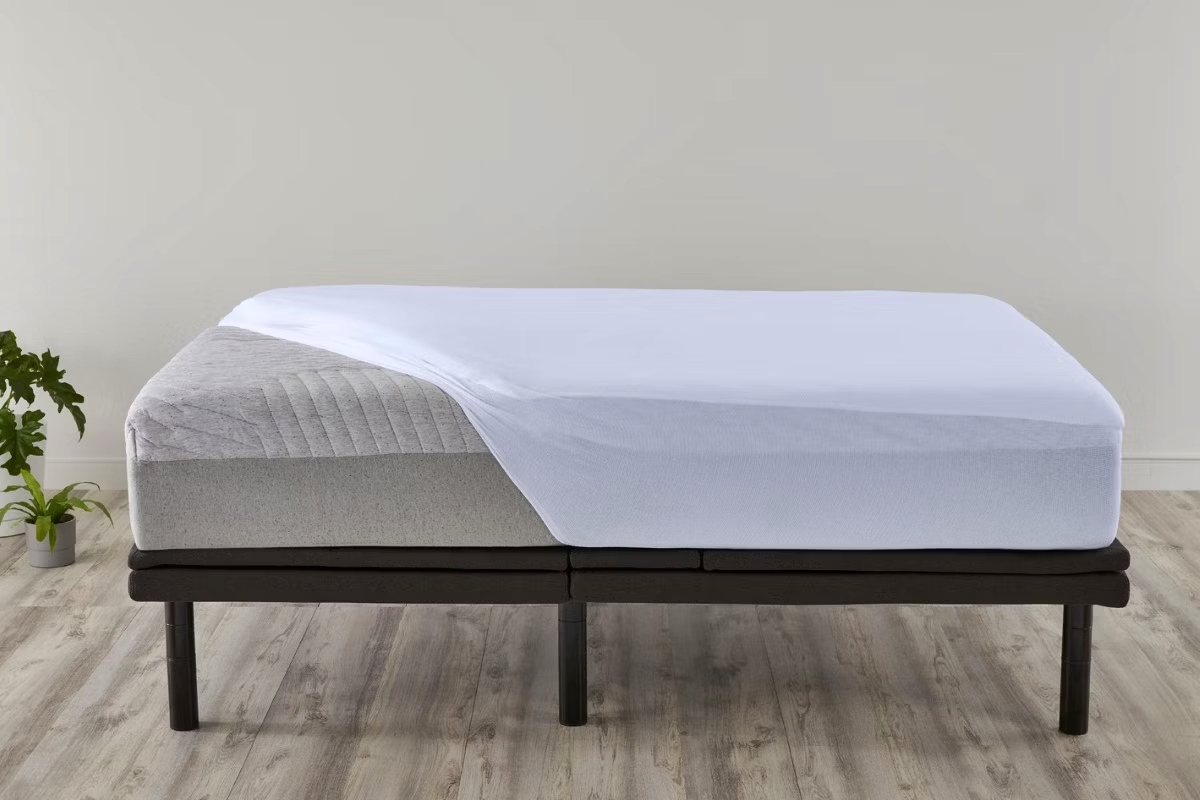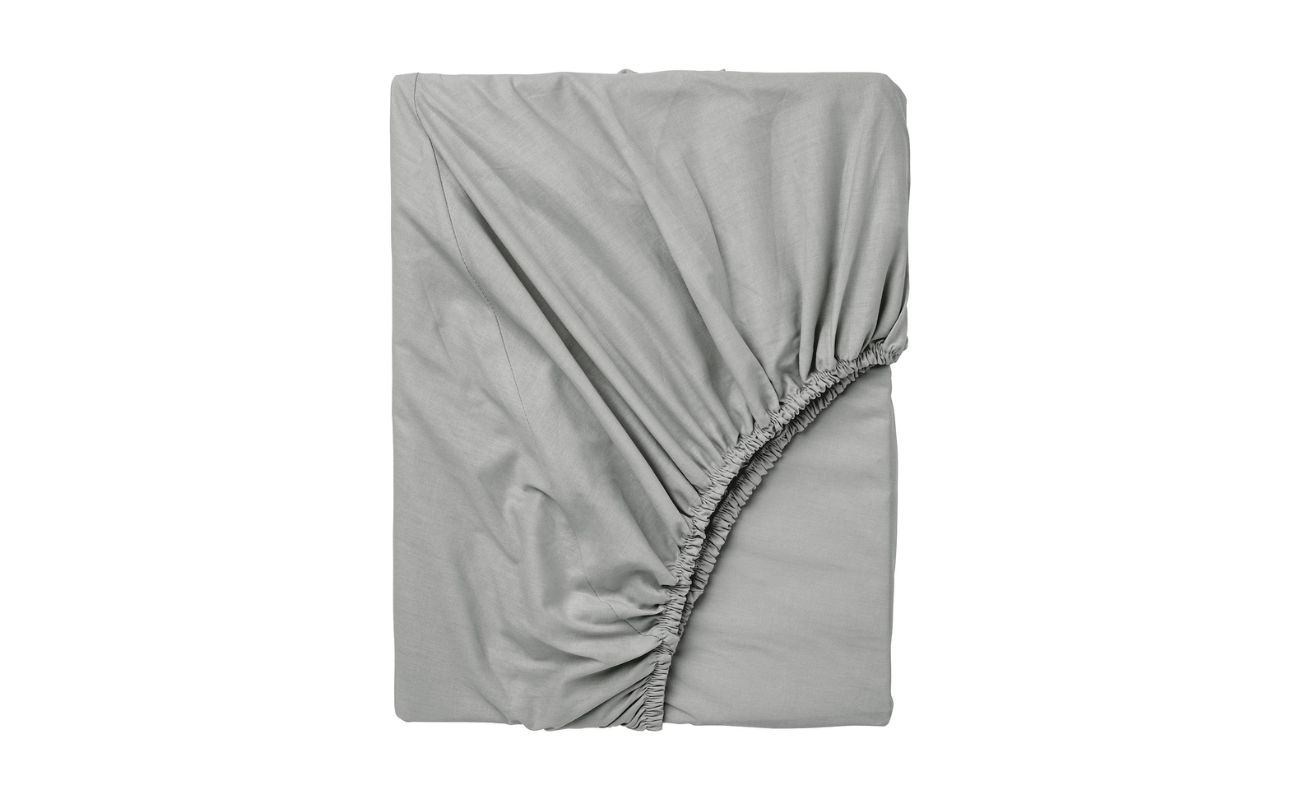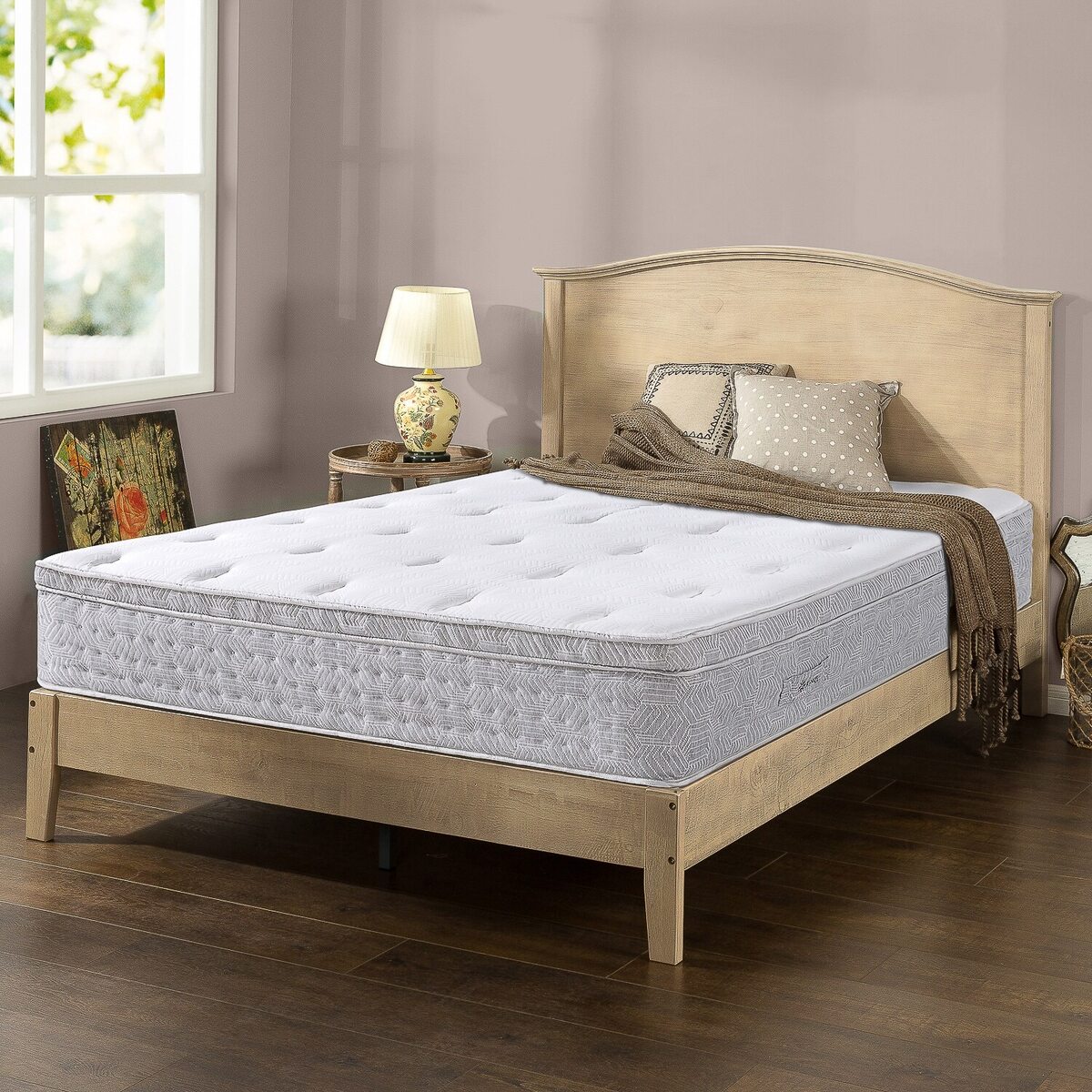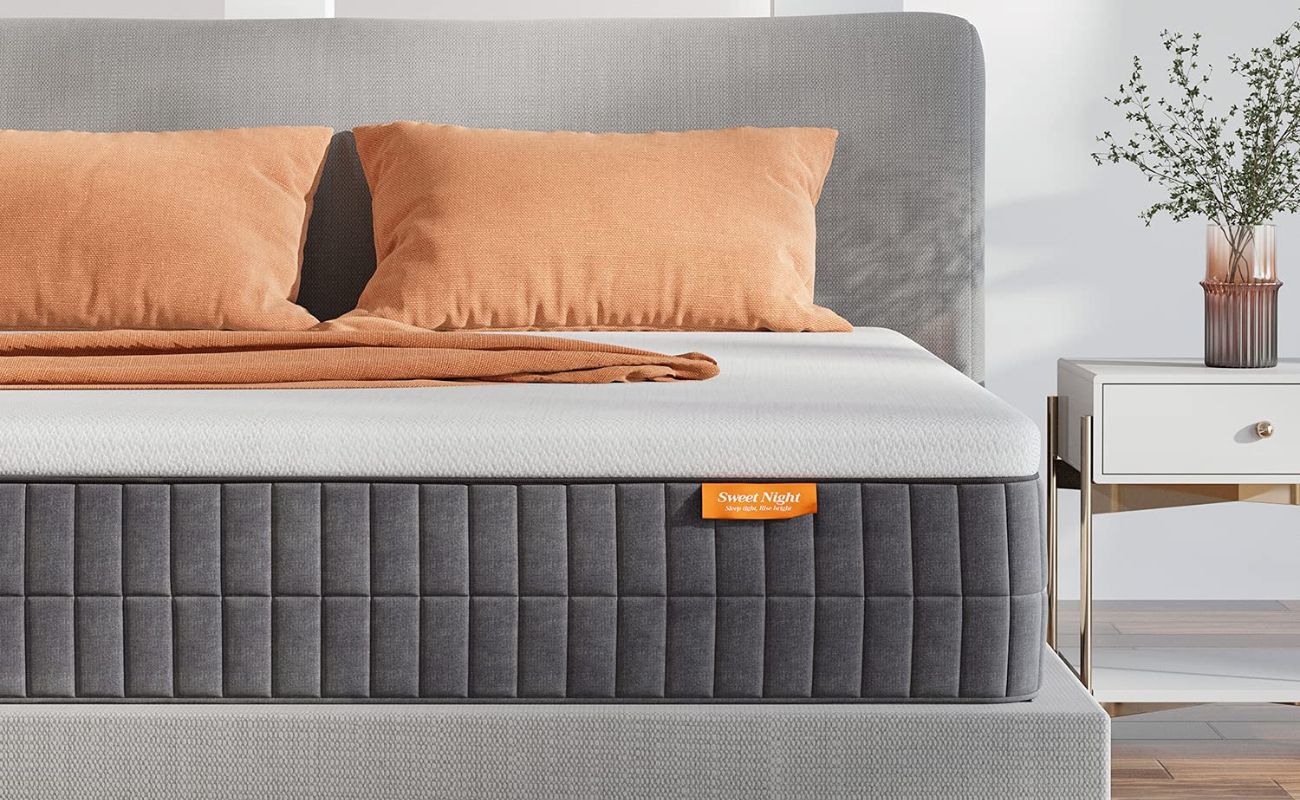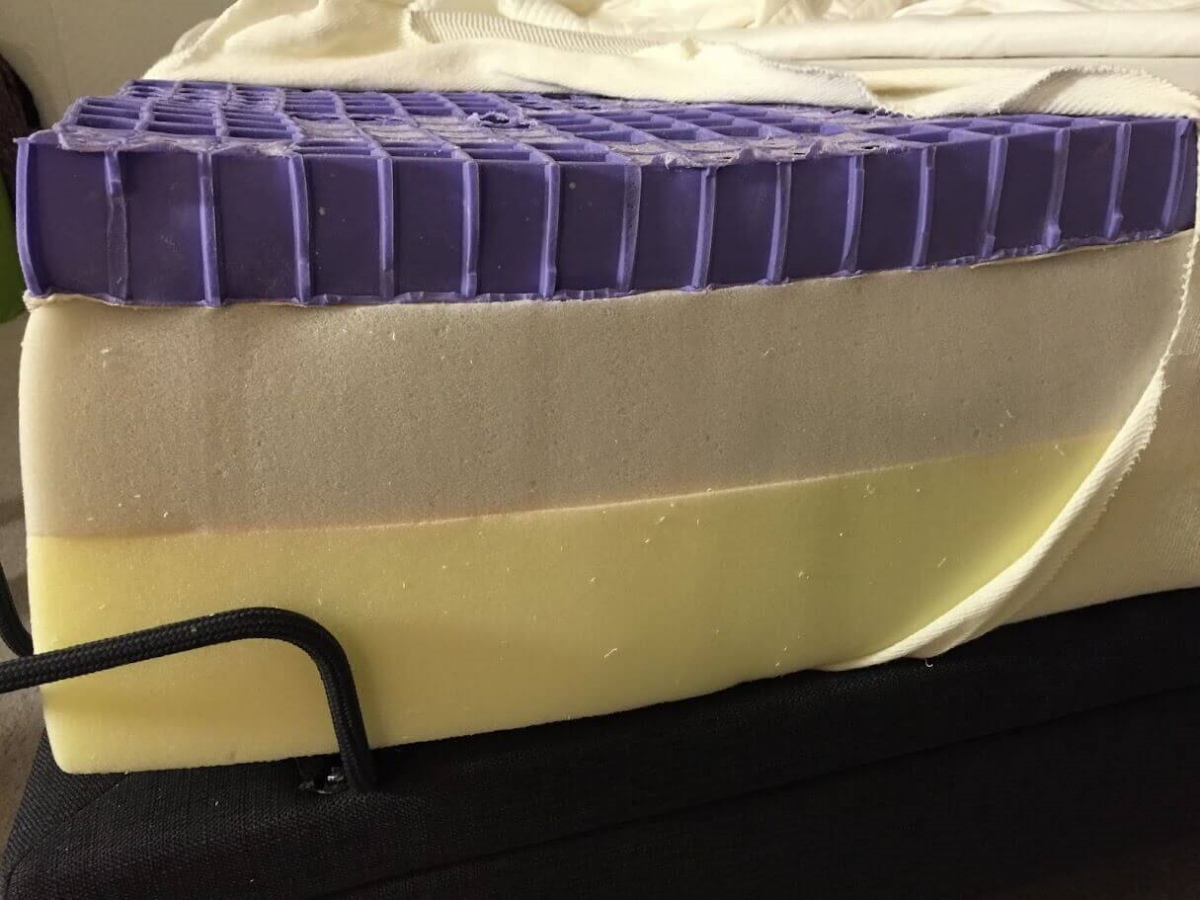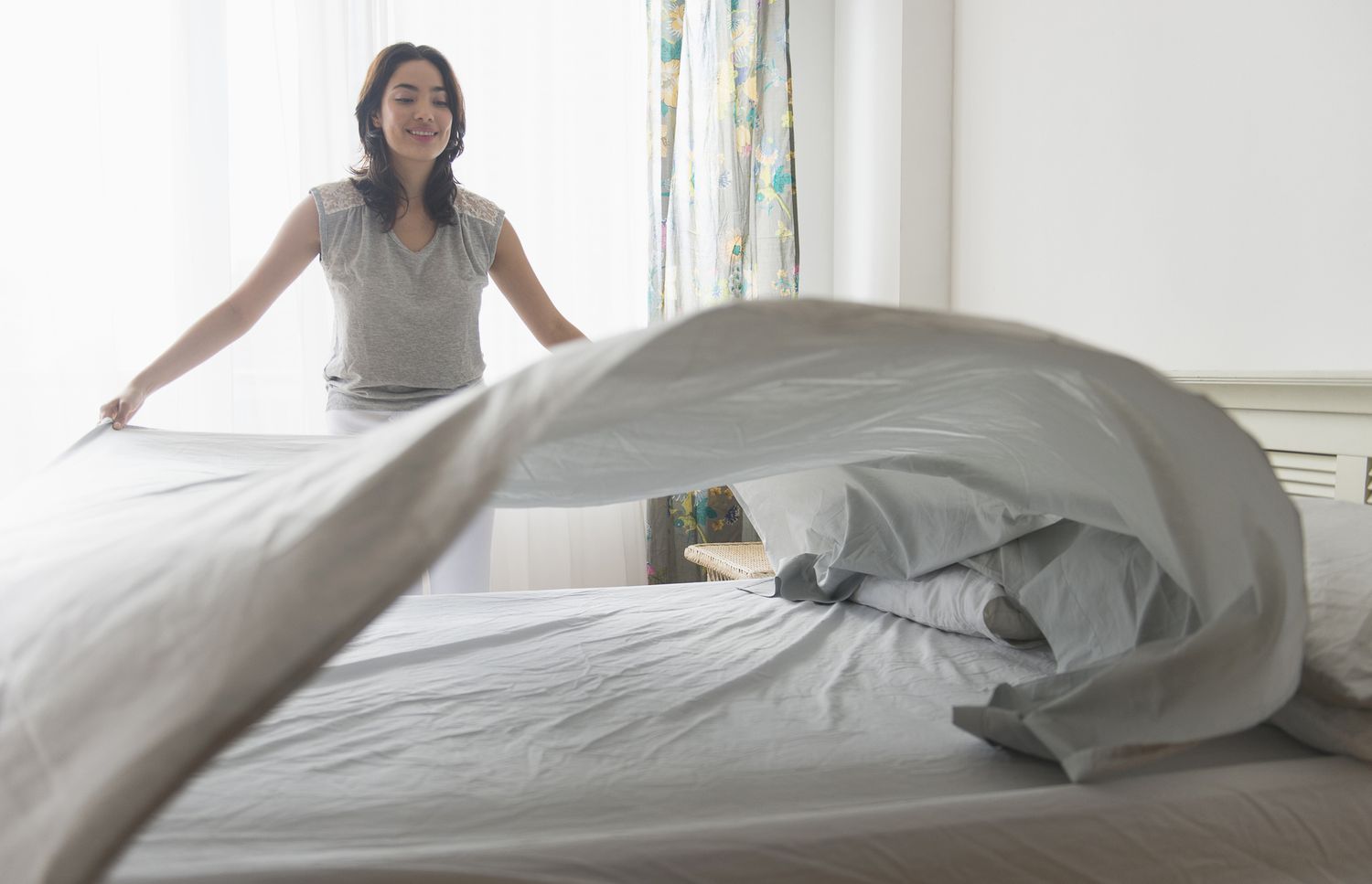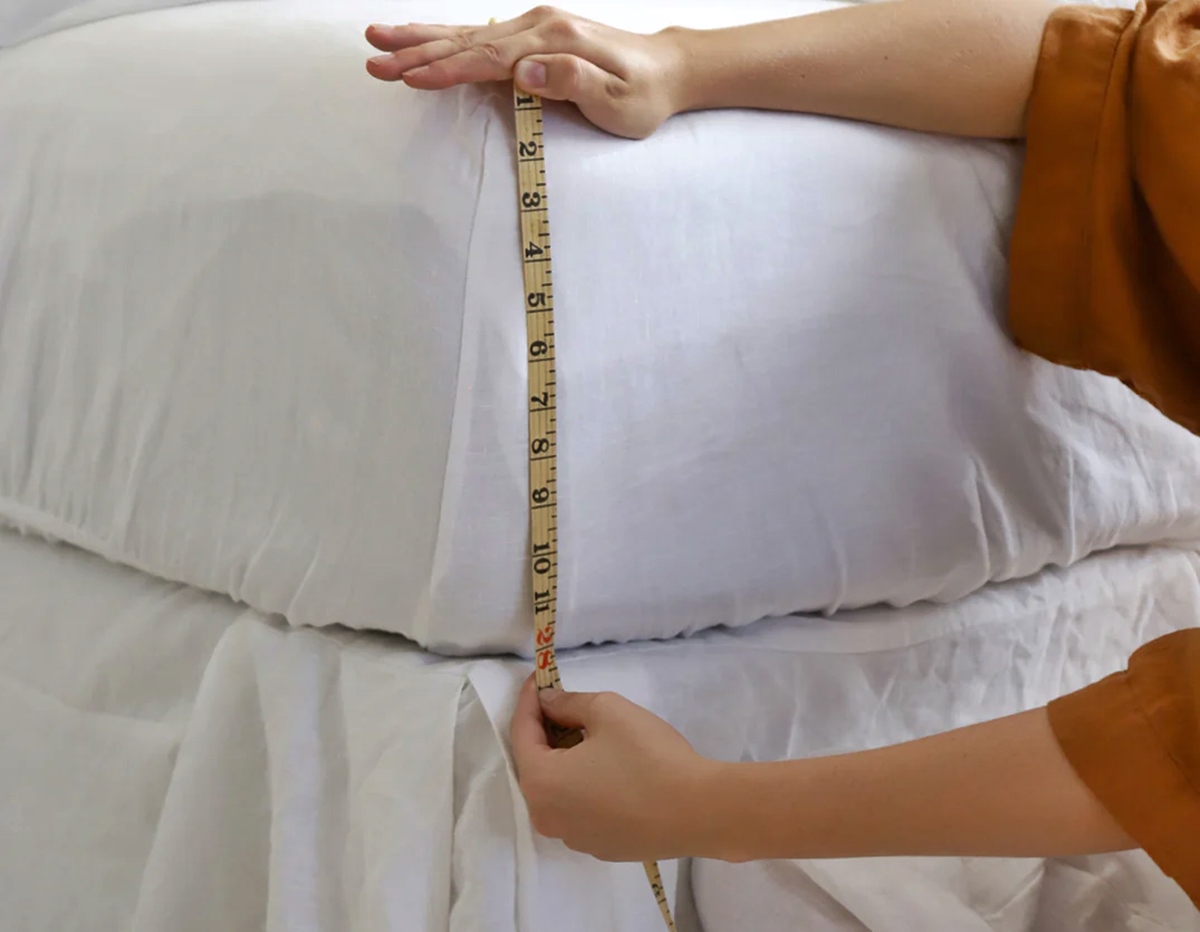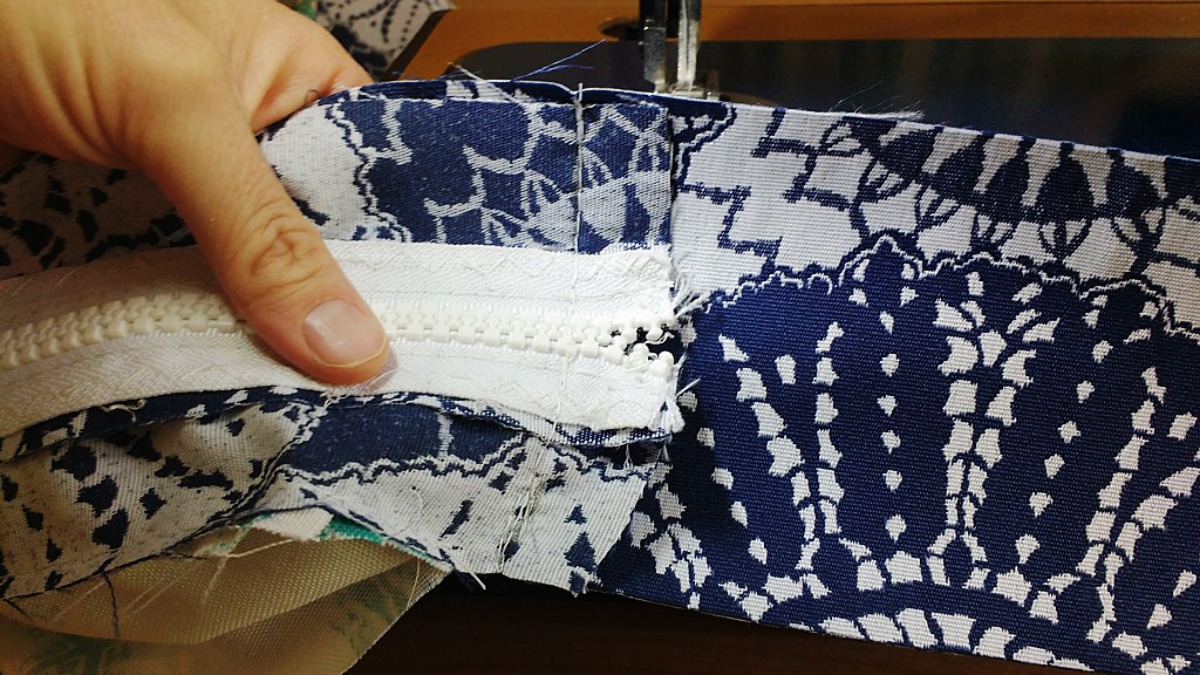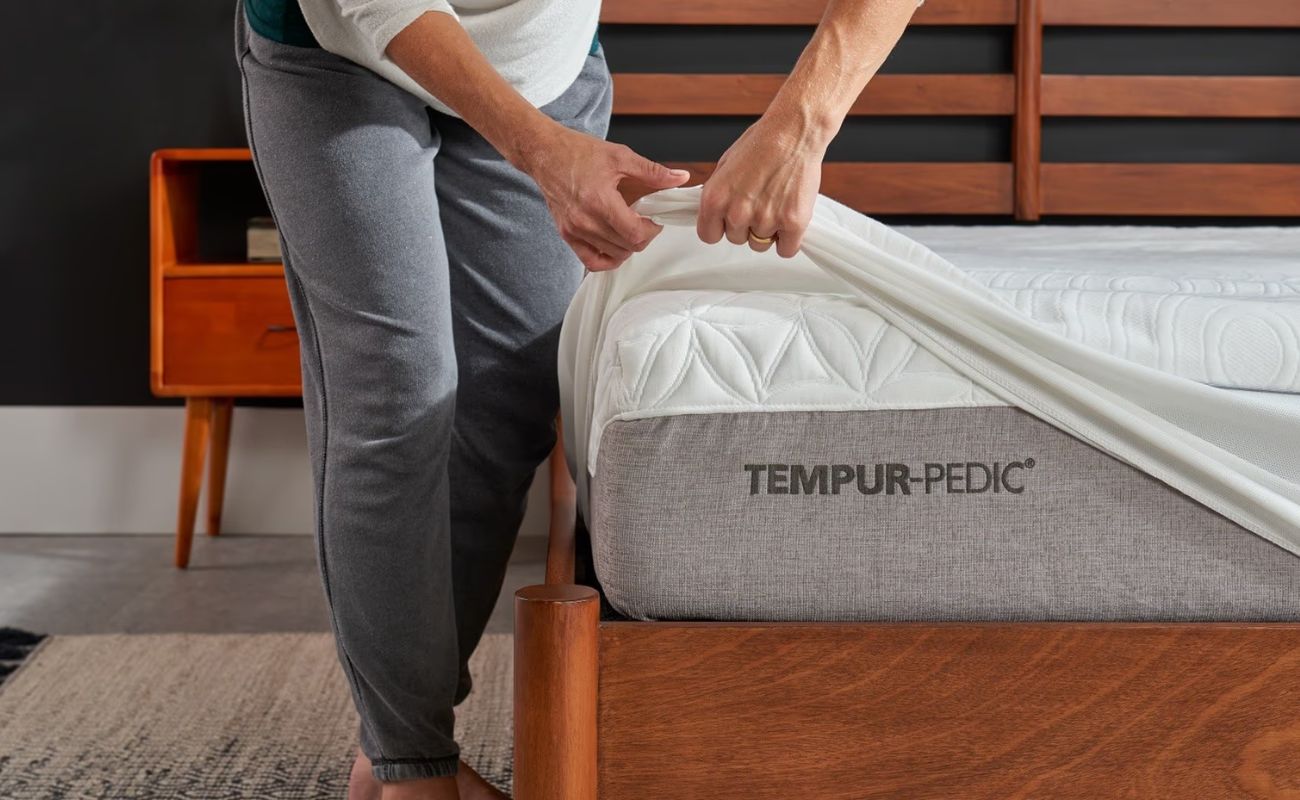Home>Furniture>Bedroom Furniture>What Is The Sheet That Covers The Mattress Called
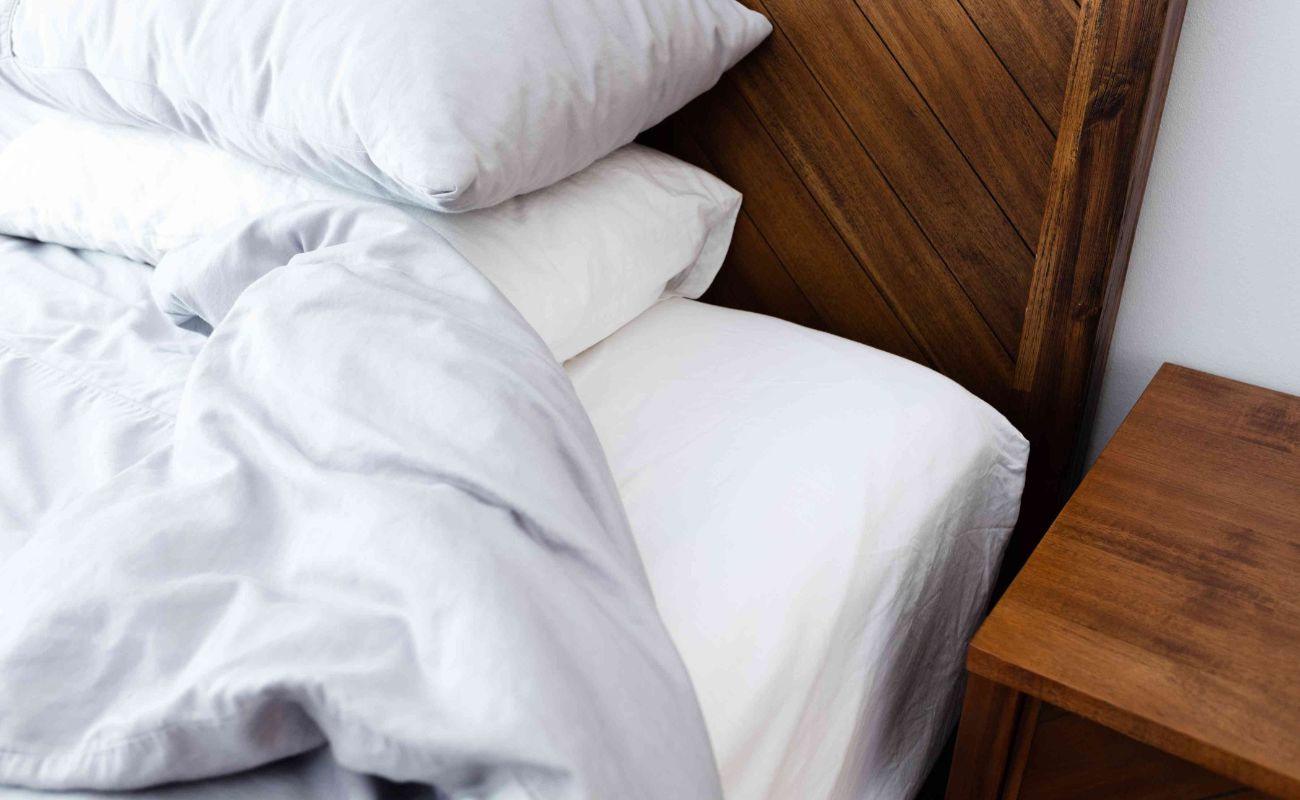

Bedroom Furniture
What Is The Sheet That Covers The Mattress Called
Modified: January 19, 2024
Discover the perfect bedroom furniture accessory! Learn all about the essential sheet that covers your mattress. Find out what it's called and why it's a must-have for your bed.
(Many of the links in this article redirect to a specific reviewed product. Your purchase of these products through affiliate links helps to generate commission for Storables.com, at no extra cost. Learn more)
Introduction
Welcome to the world of bedroom furniture! Among the various pieces that make up the perfect bedroom ensemble, one essential item often goes unnoticed—the mattress cover. This seemingly simple accessory plays a crucial role in not only protecting your mattress but also enhancing your overall sleep experience. In this article, we will explore the ins and outs of the mattress cover, its different types, benefits, materials used, and how to choose the right one for your needs.
When it comes to bedding, the mattress cover is like the unsung hero. It is the protective layer that sits between your mattress and fitted sheet, acting as a shield against spills, stains, dirt, dust mites, and allergens. Additionally, a mattress cover can extend the lifespan of your mattress by minimizing wear and tear, making it a worthwhile investment.
Now that we understand the importance of a mattress cover, let’s dive deeper into its definition, purpose, and the different types available in the market. Whether you’re a sleep enthusiast, someone looking for ways to improve your bedroom decor, or just curious about the world of bedding, this article is for you!
Key Takeaways:
- A mattress cover is more than just a protective layer—it’s an investment in the longevity of your mattress and the quality of your sleep. From basic covers to waterproof and anti-allergy options, there’s a perfect match for every need and preference.
- Choosing the right mattress cover involves considering factors such as material, protection level, comfort features, ease of maintenance, budget, and customer reviews. By making an informed decision, you can create a cleaner, more comfortable, and healthier sleep environment.
Read more: What Is A Patio Cover Called
Definition of the Mattress Cover
A mattress cover, sometimes referred to as a mattress protector or mattress pad, is a thin layer of fabric or material that is designed to encase your mattress. It typically features elasticized corners to ensure a snug fit and is placed directly on top of your mattress, beneath the fitted sheet.
The primary function of a mattress cover is to provide a barrier between you and your mattress. It serves as a protective layer, guarding your mattress against spills, stains, dust mites, bed bugs, allergens, and even body oils. By preventing these substances from seeping into the mattress, a mattress cover can help maintain a clean and hygienic sleeping environment.
While the terms “mattress cover” and “mattress protector” are often used interchangeably, it’s important to note that some mattress covers offer additional functionality beyond basic protection. For example, there are mattress covers available that provide waterproof properties to guard against liquid spills and accidents. Others may offer cooling properties to regulate body temperature or provide extra cushioning for enhanced comfort.
Overall, a mattress cover serves as a safeguard for your mattress, ensuring its longevity and improving the quality of your sleep.
Purpose of the Mattress Cover
The mattress cover serves several important purposes that contribute to the overall well-being of both you and your mattress:
- Protection: The primary purpose of a mattress cover is to protect your mattress from daily wear and tear. It acts as a barrier against spills, stains, dirt, and allergens that can penetrate the mattress. This protection helps maintain the cleanliness and hygiene of your sleeping surface.
- Hygiene: Mattresses can accumulate a significant amount of sweat, dead skin cells, and body oils over time. A mattress cover acts as a shield, preventing these substances from seeping into the mattress and creating an environment that is conducive to the growth of bacteria, allergens, and dust mites. By using a mattress cover, you can easily remove and wash it, ensuring a cleaner and healthier sleeping environment.
- Extended Lifespan: Investing in a high-quality mattress is a significant financial decision. A mattress cover can help protect your investment by reducing the wear and tear on your mattress. It acts as a barrier against spills, stains, and physical damage that can prematurely age your mattress. By keeping your mattress in good condition, a mattress cover can extend its lifespan, saving you money in the long run.
- Improved Comfort: Some mattress covers offer additional comfort features. They may have extra padding or quilted layers to enhance the overall feel of your mattress. These features can add a plush and luxurious touch to your sleep surface, making your bed even more comfortable to sleep on.
- Allergen Protection: For individuals who suffer from allergies or asthma, a mattress cover can be a game-changer. It acts as a barrier, preventing common allergens like dust mites, pet dander, and pollen from settling into the mattress. This can provide relief from allergy symptoms and promote a healthier sleep environment.
By fulfilling these purposes, a mattress cover not only protects your investment but also plays a vital role in ensuring a clean, hygienic, and comfortable sleep environment.
Types of Mattress Covers
When it comes to mattress covers, there are a variety of options available to suit different needs and preferences. Here are some common types of mattress covers:
- Basic Mattress Covers: These mattress covers are the most common and provide a simple protective layer for your mattress. They are typically made of a thin, breathable fabric and feature elasticized corners for a secure fit. Basic mattress covers are often affordable and easy to wash and maintain.
- Waterproof Mattress Covers: As the name suggests, these mattress covers are designed to provide protection against liquid spills and accidents. They have a waterproof layer or coating, usually made of vinyl or polyurethane, to prevent any liquids from seeping into the mattress. Waterproof mattress covers are particularly useful for those with young children, pets, or individuals who are more prone to spills.
- Anti-Allergy Mattress Covers: These mattress covers are specifically designed to protect against allergens, such as dust mites, pet dander, and pollen. They have a tightly woven fabric that acts as a barrier, preventing allergens from penetrating the mattress. Anti-allergy mattress covers are an excellent choice for individuals with allergies or asthma, as they can help create a healthier sleep environment.
- Cooling Mattress Covers: For those who tend to sleep hot or live in warmer climates, cooling mattress covers can be a great option. These covers are made with breathable materials, such as cotton or bamboo, and are designed to promote better air circulation and wick away moisture. This helps regulate body temperature and keep you cool throughout the night.
- Padded Mattress Covers: If you’re looking to add an extra layer of comfort to your mattress, padded mattress covers are an ideal choice. These covers are quilted or have a layer of padding, such as foam or fiberfill, to provide a plush and luxurious feel. Padded mattress covers can help soften a firm mattress or provide additional cushioning for pressure point relief.
Each type of mattress cover offers unique features and benefits. It’s important to consider your specific needs, such as protection, comfort, or allergen resistance, when choosing the right mattress cover for your bed.
Benefits of Using a Mattress Cover
Using a mattress cover goes beyond simply protecting your mattress. Here are some key benefits of using a mattress cover:
- Mattress Protection: One of the primary benefits of using a mattress cover is that it acts as a barrier, protecting your mattress from spills, stains, dirt, and allergens. This protection helps maintain the cleanliness and longevity of your mattress, ensuring it stays in good condition for years to come.
- Hygiene: Mattresses can harbor various allergens, such as dust mites, pet dander, and pollen. A mattress cover creates a protective shield, preventing these allergens from seeping into the mattress. By reducing exposure to allergens, a mattress cover helps create a more hygienic sleep environment, especially for individuals with allergies or asthma.
- Easy Maintenance: Cleaning a mattress can be a challenging task. However, with a mattress cover, maintenance becomes much easier. Most mattress covers are machine washable, allowing you to easily remove and clean them as needed. This makes it convenient to keep your sleep surface clean and fresh.
- Extended Mattress Lifespan: Mattresses are a significant investment, and protecting that investment is essential. A mattress cover acts as a shield, reducing the risk of premature wear and tear. By minimizing spills, stains, and physical damage, a mattress cover can help extend the lifespan of your mattress, ultimately saving you money in the long run.
- Additional Comfort: Some mattress covers offer extra padding or quilted layers, enhancing the comfort level of your mattress. These covers can provide added cushioning, making your sleep surface more comfortable and supportive.
- Allergy Relief: If you suffer from allergies or asthma, a mattress cover can make a significant difference in reducing your symptoms. By creating a barrier against dust mites, pet dander, and pollen, a mattress cover helps minimize exposure to allergens, enabling you to enjoy a more restful and allergy-free sleep.
Overall, using a mattress cover not only protects your mattress but also contributes to a cleaner, healthier, and more comfortable sleeping environment. It’s a small investment that brings numerous benefits and can vastly improve your sleep experience.
The sheet that covers the mattress is called a fitted sheet. It has elastic edges to fit snugly around the mattress. Make sure to choose the right size for your mattress to ensure a proper fit.
Read more: What Is A Covered Patio Called
Common Materials Used for Mattress Covers
When it comes to choosing a mattress cover, understanding the different materials used is essential. Here are some common materials you’ll come across:
- Cotton: Cotton is a popular choice for mattress covers due to its softness, breathability, and natural hypoallergenic properties. Cotton covers are lightweight, allowing for better air circulation, and they provide a comfortable sleep surface.
- Polyester: Polyester is a synthetic material commonly used in mattress covers. It is known for its durability, wrinkle-resistance, and affordability. Polyester covers are easy to care for and often have moisture-wicking properties, which can help regulate body temperature.
- Microfiber: Microfiber is a fine synthetic fiber that is extremely soft and smooth. Microfiber mattress covers are highly durable, hypoallergenic, and resistant to dust mites and allergens. They are also known for their ability to wick away moisture, keeping you cool and comfortable throughout the night.
- Bamboo Rayon: Bamboo rayon is derived from bamboo pulp and is known for its eco-friendly properties. Bamboo mattress covers offer exceptional breathability, moisture-wicking capabilities, and antimicrobial properties. They are also incredibly soft and hypoallergenic, making them a popular choice for individuals with allergies.
- Polyurethane: Polyurethane is often used in waterproof mattress covers due to its water-resistant properties. It creates a barrier that prevents liquid spills, stains, and accidents from reaching the mattress. Polyurethane covers are easy to clean and maintain.
- Polyester Blend: Mattress covers made from a blend of polyester and other natural fibers, such as cotton or bamboo, combine the benefits of both materials. These blends offer enhanced durability, breathability, and comfort.
It’s important to note that the quality and specific characteristics of these materials can vary depending on the manufacturing process and the brand. When choosing a mattress cover, consider your personal preferences for feel, durability, and hypoallergenic properties.
Remember, the material you choose for your mattress cover can affect its performance, breathability, and overall comfort level. Take the time to explore different options and find the material that best suits your needs and sleeping preferences.
How to Choose the Right Mattress Cover
Choosing the right mattress cover is important to ensure that it meets your specific needs and preferences. Here are some factors to consider when selecting a mattress cover:
- Size: Start by identifying the correct size of your mattress. Mattress covers are available in various sizes, including twin, full, queen, king, and California king. Make sure to choose a cover that matches the dimensions of your mattress for a proper fit.
- Material: Consider the material used for the mattress cover. Opt for a breathable fabric, such as cotton or bamboo, if you tend to sleep hot. If you need waterproof protection, select a cover with a polyurethane layer. Choose a material that aligns with your comfort preferences and any specific requirements, such as hypoallergenic properties.
- Protection Level: Assess the level of protection you require. A basic mattress cover may suffice if you’re primarily concerned about spills and stains. If you have allergies or want to protect against dust mites, opt for an anti-allergy cover. Consider a waterproof cover if you have young children or pets prone to accidents.
- Comfort Features: Determine if you have any specific comfort needs. If you prefer a plush feel, look for a padded or quilted mattress cover. Consider features such as cooling properties if you tend to sleep hot and need temperature regulation.
- Ease of Maintenance: Check the care instructions for the mattress cover. Ensure it is machine washable and easy to clean. Some covers may require gentle hand washing or professional cleaning, which might not be convenient for everyone.
- Budget: Set a budget for your mattress cover. Prices can vary based on the material, features, and brand. Determine your budget range and look for options that meet your criteria without exceeding your financial limits.
- Customer Reviews: Before making a purchase, read customer reviews for the mattress cover you are considering. Pay attention to feedback regarding durability, comfort, and whether the cover meets the claimed features and benefits. This can provide valuable insights and help you make an informed decision.
By weighing these factors and assessing your individual requirements, you’ll be able to choose a mattress cover that suits your needs and enhances your sleeping experience.
Remember, the right mattress cover not only protects your investment but also contributes to a cleaner, more comfortable, and healthier sleep environment.
FAQ about Mattress Covers
Here are some frequently asked questions about mattress covers:
- Q: Do I need a mattress cover if I already have a mattress pad?
- Q: How often should I clean my mattress cover?
- Q: Can a mattress cover protect against bed bugs?
- Q: Can I use a mattress cover on any type of mattress?
- Q: Can a mattress cover make my mattress more comfortable?
- Q: Can I use a mattress cover if I have a pillow-top mattress?
A: While mattress pads and mattress covers serve similar purposes, they are not the same. A mattress cover provides a protective layer that safeguards your mattress against spills, stains, allergens, and other contaminants. It acts as a barrier between you and your mattress. A mattress pad, on the other hand, is primarily used for added comfort and cushioning. It enhances the feel of your mattress but may not offer the same level of protection as a mattress cover. It’s recommended to have both a mattress cover and a mattress pad for optimal protection and comfort.
A: The frequency of cleaning your mattress cover depends on individual factors, such as allergies, pets, and personal hygiene habits. It’s generally recommended to wash your mattress cover every few months, or as needed. However, if you have allergies or asthma, it may be beneficial to clean it more often to reduce allergen exposure.
A: While a mattress cover can help prevent bed bugs from infesting your mattress, it is not a foolproof solution for eliminating an existing bed bug infestation. Mattress covers with tightly woven fabrics can help create a barrier that prevents bed bugs from entering or escaping your mattress. However, if you suspect a bed bug infestation, it’s important to take immediate action by hiring professional pest control services.
A: Yes, mattress covers can be used on a variety of mattress types, including innerspring, memory foam, latex, and hybrid mattresses. Just ensure that you choose the correct size of mattress cover that matches the dimensions of your mattress.
A: Some mattress covers offer additional padding or quilted layers that can improve comfort by adding extra cushioning or softness. If you find your mattress too firm or want to enhance its comfort level, look for a mattress cover with added padding.
A: Yes, you can use a mattress cover on a pillow-top mattress. Look for a deep-pocketed cover that can accommodate the additional depth of your mattress.
If you have any other specific questions or concerns about mattress covers, it’s always a good idea to consult the manufacturer’s instructions or reach out to a bedding professional for assistance.
Conclusion
A mattress cover may seem like a simple accessory, but it plays a vital role in protecting your mattress and enhancing your sleep experience. By acting as a barrier against spills, stains, allergens, and dust mites, a mattress cover helps maintain the cleanliness and hygiene of your sleeping surface. It also extends the lifespan of your mattress, making it a valuable investment.
There are various types of mattress covers to suit different needs and preferences. From basic covers that provide essential protection to waterproof covers for added spill resistance, and anti-allergy covers for allergy sufferers, you have options to choose from based on your specific requirements.
When selecting a mattress cover, consider factors such as material, protection level, comfort features, ease of maintenance, budget, and customer reviews. By assessing these factors, you can find a mattress cover that aligns with your needs and preferences, ensuring a clean, comfortable, and hygienic sleep environment.
Remember, a mattress cover is not just a practical accessory; it’s an investment in your sleep quality and well-being. So don’t overlook its importance when building your perfect bedroom ensemble. Take the time to choose the right mattress cover, and enjoy the benefits of a protected, comfortable, and restful night’s sleep.
Frequently Asked Questions about What Is The Sheet That Covers The Mattress Called
Was this page helpful?
At Storables.com, we guarantee accurate and reliable information. Our content, validated by Expert Board Contributors, is crafted following stringent Editorial Policies. We're committed to providing you with well-researched, expert-backed insights for all your informational needs.


